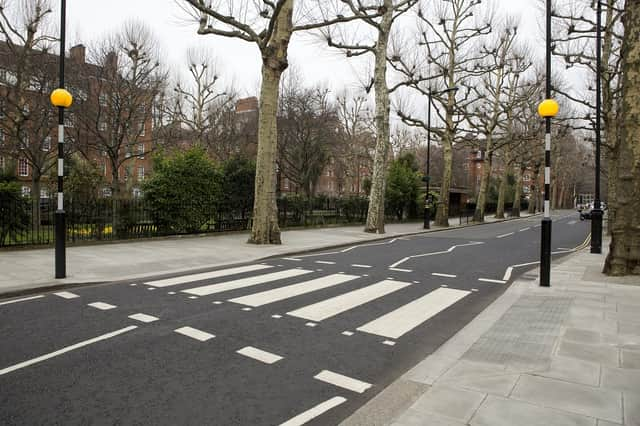80% of drivers are confused by zebra crossings: here’s all you need to know about UK road crossing rules


Eight in 10 drivers don’t know when they should give way to pedestrians at zebra crossings, according to new research which has revealed widespread confusion about the different types of road crossings in the UK.
As changes to the Highway Code aim to give more protection to pedestrians and cyclists, a poll of drivers has found many don’t understand the different types of crossings, who is permitted to use them and the rules for who has right of way.
Advertisement
Hide AdAdvertisement
Hide AdAccording to the research by USwitch, 81 per cent of drivers wrongly believe they must give way to pedestrians approaching a zebra crossing. In fact, the Highway Code states that drivers only need to stop for pedestrians who have begun crossing.
The survey also found 71 per cent of motorists don’t understand the rules for pelican crossings and 75 per cent wrongly believe cyclists have to dismount at toucan crossings.
There are currently seven types of crossings in use in the UK, including the less coming pegasus and tiger crossings. Here we run down the differences between each of them.
Zebra crossings
Zebra crossings are marked with black and white stripes on the road and zigzag lines on either side. These markings warn drivers that there may be pedestrians crossing or waiting to cross the road. They also tell drivers that they must give way to pedestrians who have stepped onto the crossing.
Advertisement
Hide AdAdvertisement
Hide Ad